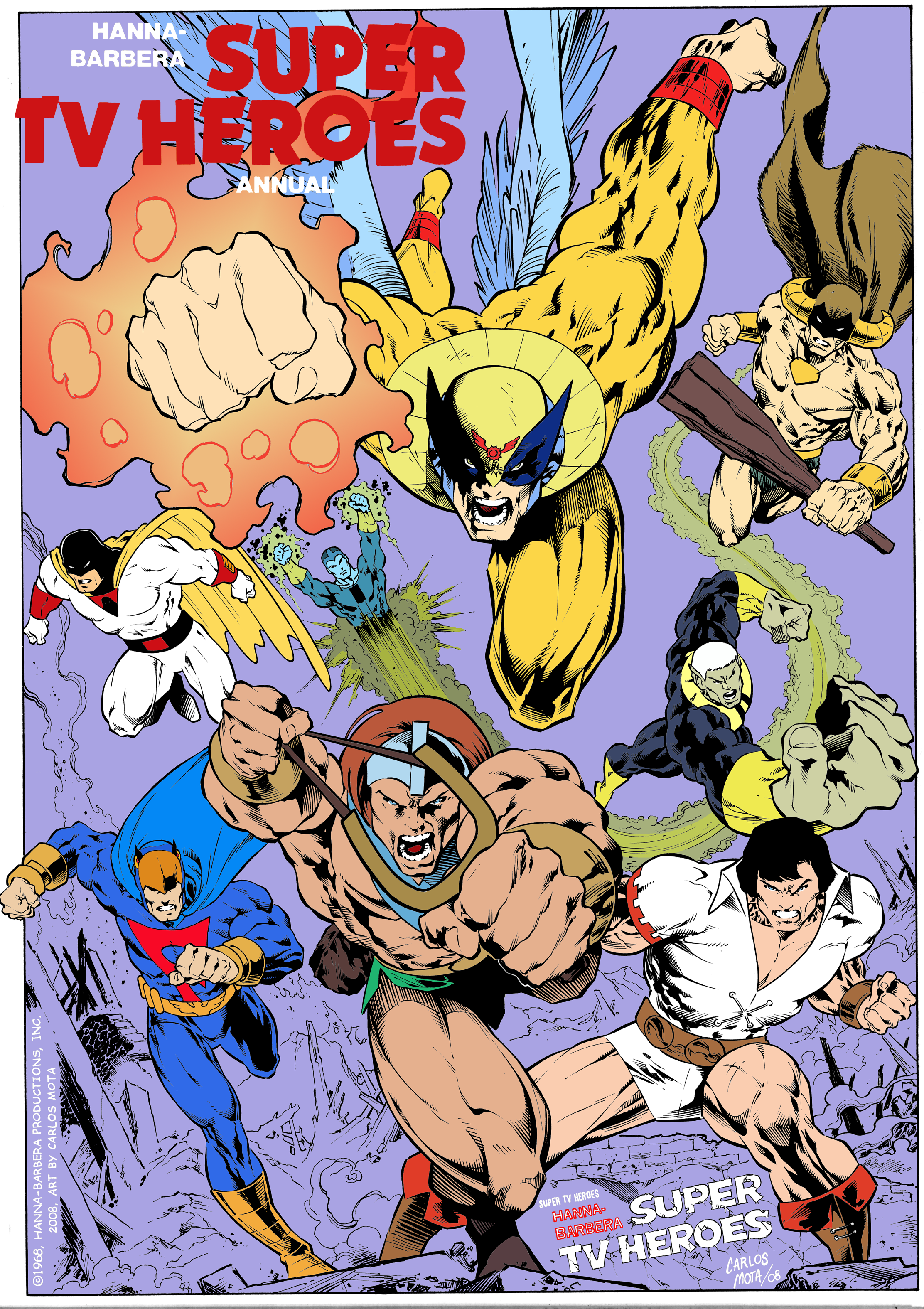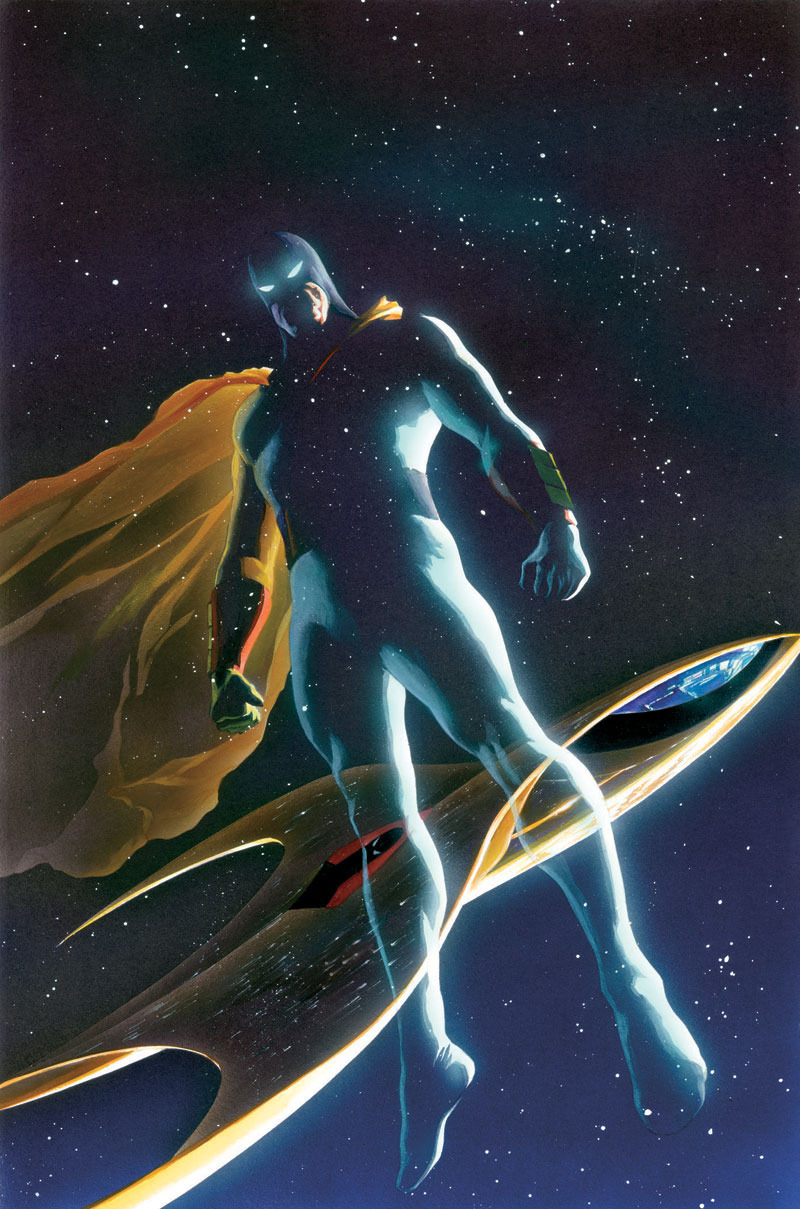Over the holidays, I got the quixotic idea to do a survey of DC Comics in the 80s prior to
Crisis. Having just watched
Wonder Woman 1984, I decided to start there. Some of the late 70s covers looked intriguing in that Bronze Age sort of way, so I started a bit earlier with Wonder Woman #250, cover dated December 1978, but on the stands in September of 1978. So far, I have made it through December 1980.
The quick summary is: none of it is very good.
In a bit more detail, it seems largely that no one is sure quite what to do with Wonder Woman. It starts with Steve Trevor dead, and Diana Prince becoming an astronaut, but they seem uncertain about that, because they give her excuses to come back to New York City. She also briefly gets replaced by another Amazon as Wonder Woman, which I think happened in the 70s at some point, too.
Jose Delbo and Vince Coletta are providing art, and Jack Harris is writing this uninspired stuff. Then Paul Levitz comes in and tries to stick to astronaut thing, but that doesn't really work either. Finally, she quits the astronaut program and leaves Houston for New York City, after a potential love interest is revealed to be the leader of the Royal Flush Gang.
That's part of the problem: A lack of compelling adversaries. I mean, she fights Angle-Man several times in this stretch. Angle-Man who got half a page in Who's Who and probably hasn't appeared Post-Crisis. Then there are two appearances by Bushmaster who is less compelling than the Marvel villain of that name, which is pretty damning. He doesn't even show up in Who's Who.
So, Gerry Conway to rescue. Or not. I mean, he shakes things up by having reports of Diana Prince's flakiness (owing to her secret identity) leading to her not being able to get her old job back at the UN. So Wonder Woman briefly gets fired up about modern society's lack of privacy with it's files and government records and whatnot. Then Ares and crew make her a little crazy, so the people in New York for a while reject her.
She's fed up with Man's World, and returns to Paradise Island. If all that seems like it might have been going somewhere...well, the only place it was going was a reboot. A young Steve Trevor flies in from a parallel dimension, allowing Wonder Woman to re-enact her origin, then her mom wipes her memories of her previous life as "a kindness."
She follows the new Steve Trevor back to Man's World to be his assistant, and the reboot circle is complete. Angle-Man's still there, though. Good ol' reliable Angle-Man.
These issues end with the introduction of the second Cheetah. There's an interesting (to me) bit of comic chronology there, in that the second Cheetah is the niece of the first, who the story suggests recently died, and appears to have been elderly. Yet, that Cheetah apparently fought the Earth-1 Wonder Woman (no universe crossing shenanigans are suggested), which makes one wonder how long Conway believes Wonder Woman has been active?
And after all that, I decided to take a break. I plan to get back to it. Then again, maybe another title might be the place to start...























